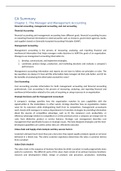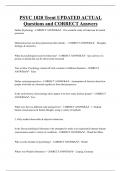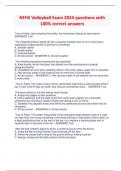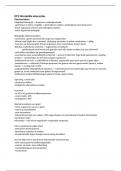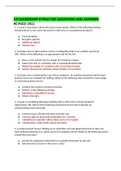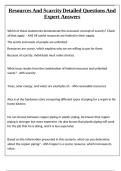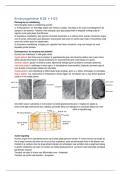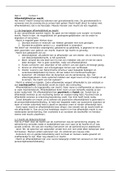Summary
Horngren's Cost Accounting: A Managerial Emphasis Summary Chapter 1-4
- Course
- Institution
- Book
This summary contains all the information necessary for the class Cost Accounting from the course International Finance and Managemenet Control at THUAS. In this summary I have all the information from the required book "Horngren's Cost Accounting: A Managerial Emphasis" and the lectures. After usi...
[Show more]
